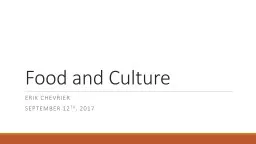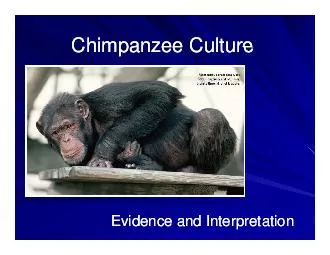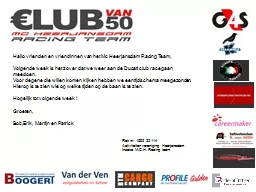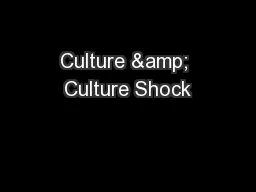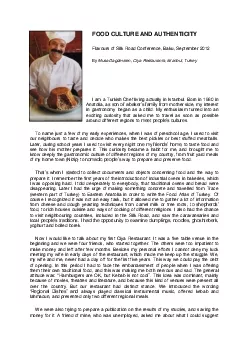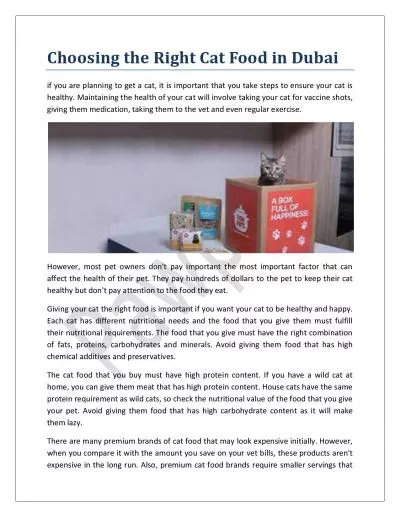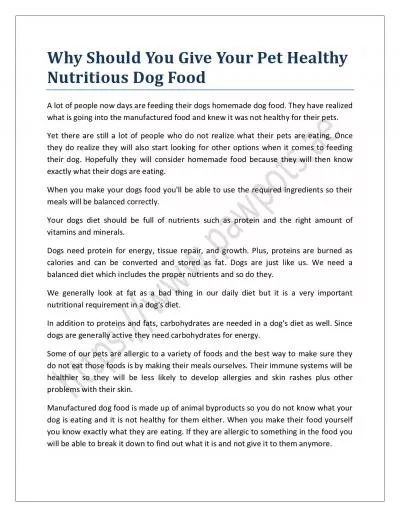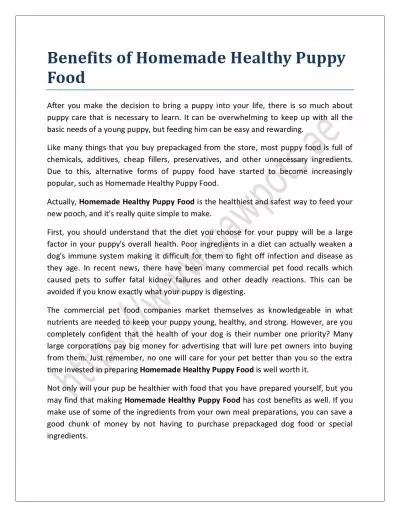PPT-Food and Culture Erik Chevrier
Author : celsa-spraggs | Published Date : 2018-02-26
September 12 th 2017 Discussion Recap What do eat in a typical day Where do you acquire food in your daily routine ie home restaurant etc How much of your daily
Presentation Embed Code
Download Presentation
Download Presentation The PPT/PDF document "Food and Culture Erik Chevrier" is the property of its rightful owner. Permission is granted to download and print the materials on this website for personal, non-commercial use only, and to display it on your personal computer provided you do not modify the materials and that you retain all copyright notices contained in the materials. By downloading content from our website, you accept the terms of this agreement.
Food and Culture Erik Chevrier: Transcript
Download Rules Of Document
"Food and Culture Erik Chevrier"The content belongs to its owner. You may download and print it for personal use, without modification, and keep all copyright notices. By downloading, you agree to these terms.
Related Documents

